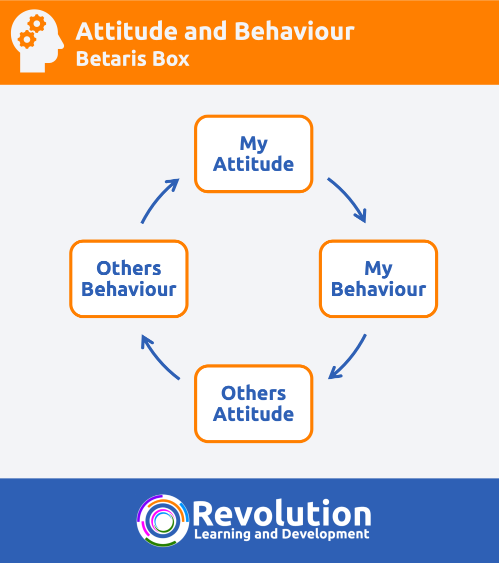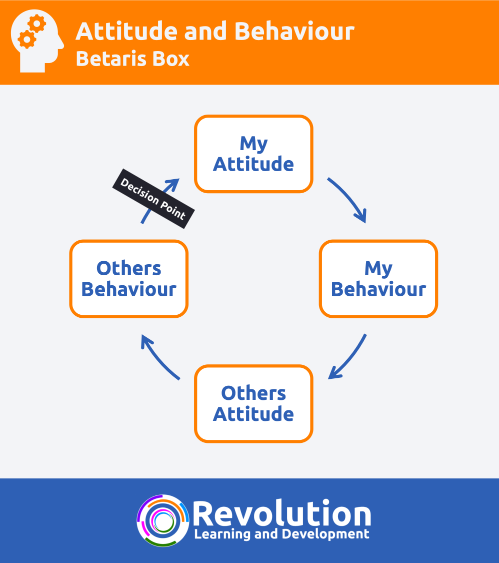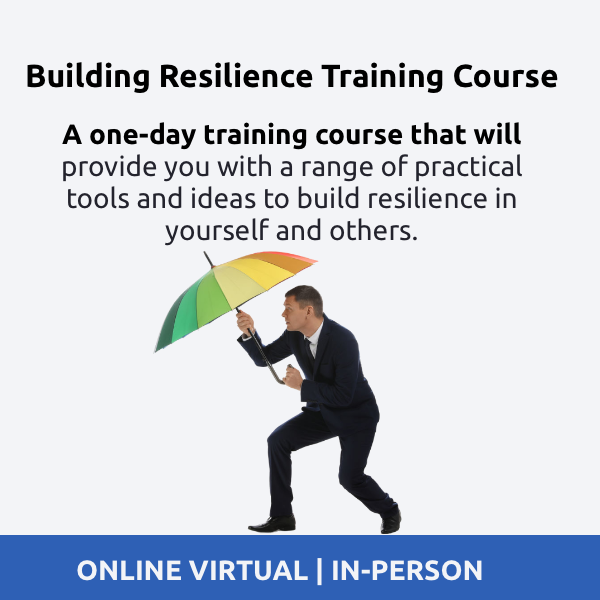Background
The Betari Box model demonstrates how our attitude and behaviour are affected by others and how our own attitude and behaviour can affect other people. The model shows that there is a link between our own attitude and behaviour and, by learning to consciously choose our attitude we can positively change the behaviour that we show other people.
What Are Attitude and Behaviour?
The Betari Box model uses the terms attitude and behaviour to describe how we impact others and others impact on us. Before we look at the model itself, we should understand what is meant by the terms attitude and behaviour.
What is Attitude?
Attitude is a state of mind or a mindset then controls how we respond to other people and situations around us. You may have heard attitude used in the context of positive attitude and negative attitude. In its simplest form, attitude is a decision that we make about how we will respond to someone or something. Most of these decisions are unconscious in that we don’t really think about this decision, it happens without us knowing about it.
What is Behaviour?
Behaviour is the outwards actions that we show through our actions, for example through body language. These behaviours are what other people use to form perceptions and opinions about us and ultimately how to respond to us.
The Betari Box Model
The Betari box model uses a cycle to show how our attitude affects our behaviour, then how our behaviour affects others attitudes and how that then affects their behaviour. The cycle can also represent how others behaviour can affect our attitudes and therefore affects our behaviour.

If you have 2 people demonstrating negative behaviours, it is likely that they will continue to influence each other to continuously feel that way.
The decision about attitude tends to be an unconscious one. This means that the decision about our attitude is normally made without even thinking about it. This may be based on how we are feeling at the time. Because it’s unconscious we don’t have self-awareness. And, in many cases, the way we are feeling (for example negative) will justify the choice and behaviour in our brain, so as far as we are concerned everything is OK and we acting normally. This isn’t what other people see though.
Using the Betari Box Model
How can the Betari Box Model help us? The model is a reminder that we need to, where absolutely possible, make more conscious decisions about our attitude. What is meant by this is we need to be able to stop others behaviours from influencing us and make a more controlled decision about how to respond.
We should be looking for ways to influence the attitude and behaviours of others in a more purposeful way. In other words, if they are negative, we should try to influence this by providing more positive responses.
A good way to describe this is to imagine that in the model, there is a block between others behaviour and our attitude. A wall if you like. This block or wall we could call the decision point.

Controlling Our Attitude
How do we put the block in place? How do we remind ourselves that we should respond positively? The answer is we need to do something consciously to remind ourselves to make that decision. This is where proactive will make perfect. The more we practice doing it the more likely we are to do it.
In assertiveness, this process is described as ‘engaging your brain’. Assertiveness skills can help massively in this area.
You have probably heard ways to do this already without knowing it. You have likely dismissed these things as silly ideas at one point in the past:
- Take a deep breath
- Count to 5
- Make a movement such as clamping your middle finger and thumb together
- Say something in your mind
if we remind ourselves to do one of these things, we are doing something conscious. This reminder now means we are thinking more logically and consciously.
Further Learning
If you wish to find out more about the Betari Box Model, you may find a personal impact training course or a building resilience training course helpful. Take a look at our Personal Impact Training Course and our Building Resilience Training Course for more details.





